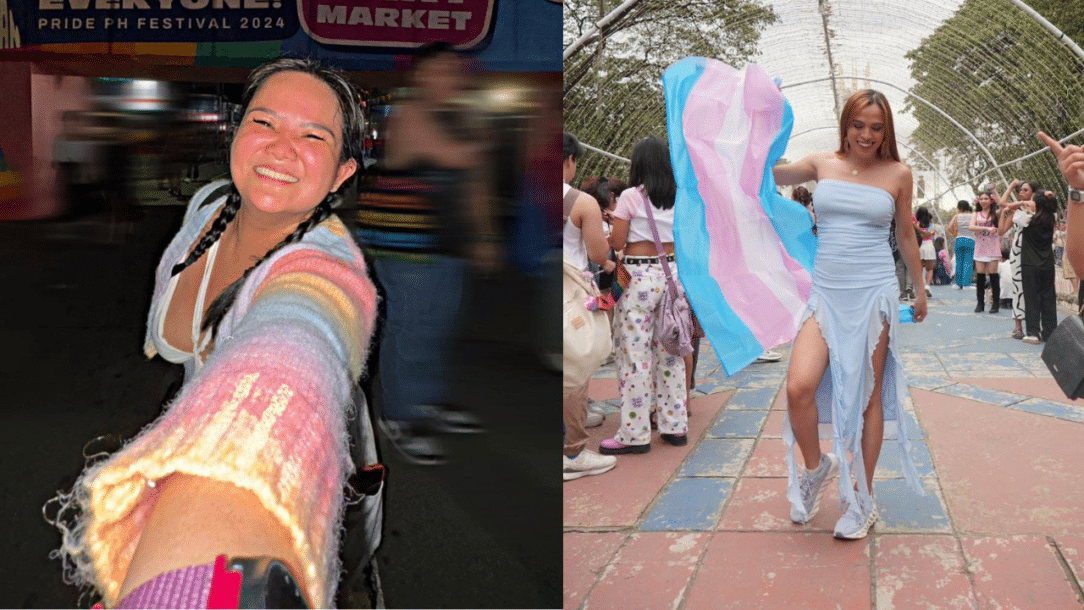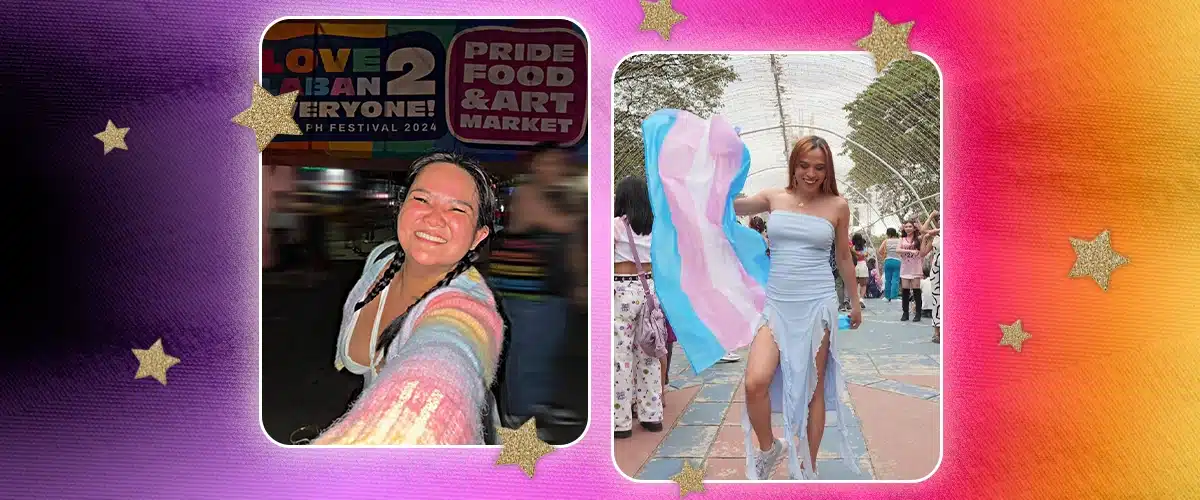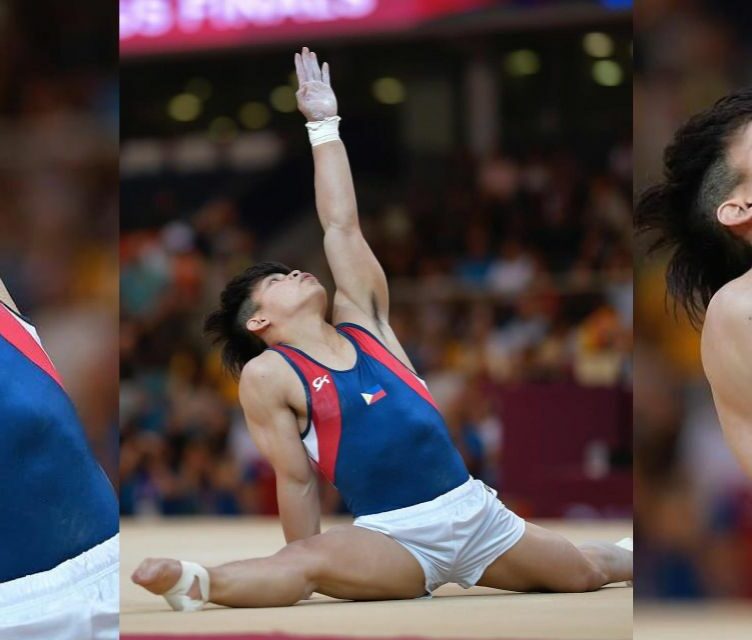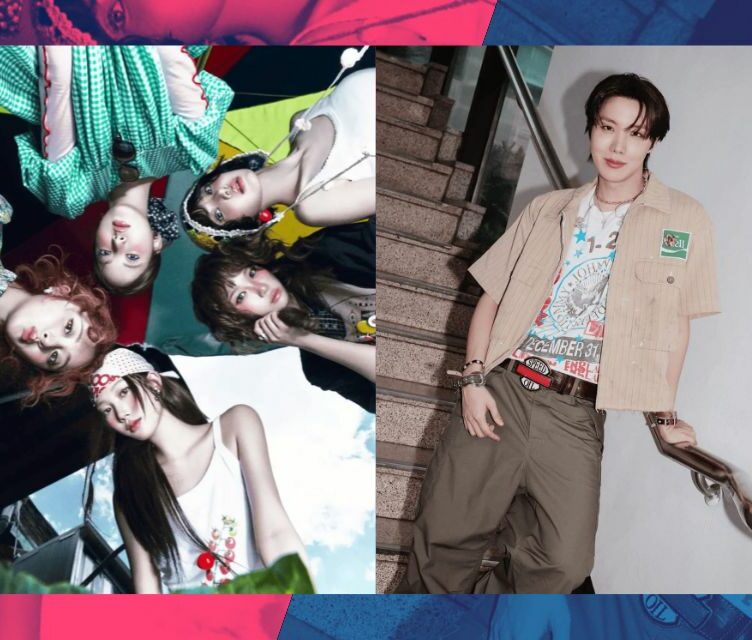IN its beginnings, Pride has always been a protest.
In 1969, police raided the Stonewall Inn, a gay bar in New York. At the time, there were laws in place that forced people to wear clothing that matched the gender on their state-issued IDs, hence why tensions started to break out at the bar.
Instead of simply allowing the police to do whatever they wanted, the bar’s patrons fought back.
According to Shane O-Neill, producer of the documentary film “The Stonewall You Know Is a Myth. And That’s O.K.,” Stonewall was about people reclaiming their narratives, particularly from those telling them they were either sick, pitiful or didn’t even exist.
It was a protest then and has stayed a protest ever since.
Even though it started in 1969, however, what we continue to fight for stays the same: equal rights, protection from abuse and discrimination – and the ability to live a decent life without getting judged.
The same applies to any other country that celebrates this, especially the Philippines, where we fight for the rights of our LGBTQIA+ community members daily.
Though in the past the Philippines has been labeled as one of the most LGBT-friendly countries in the world, those in the community who live here might believe otherwise.
This much can be seen in the SOGIE equality Bill passage constantly being delayed, as it is “not a priority measure” despite the protests of many a Filipino screaming otherwise.
It can be seen in how former President Rodrigo Duterte granted Lance Corporal Joseph Scott Pemberton absolute pardon despite mercilessly killing Jennifer Laude, solely because he had found out that she was transgender. Or in how more than 50 transgender or non-binary people have been killed since 2010.
Despite the attempts of the public and government institutions to gaslight the LGBTQIA+ community into thinking that they are safe here – that they are welcome here – we know that that is far from the truth, hence why we continue to fight. Hence why we continue to protest.
On June 22, during Love Laban 2 Everyone, we at republicasia asked attendees what Pride meant for them.
Their answers? That it was – and will always be – a protest, through and through.
In the eyes of Filipinos
Pride for 35-year-old Cham Orbe is an opportunity to show her active allyship to the LGBTQIA+ community, a way to encourage others to advocate for equality and inclusivity.
“This is not a one-day or -month kind of celebration; we should be able [to celebrate] our individuality and diversity every day,” she explained.
“This is more than just a celebration. Pride is a protest, and we should have a conscious effort to push for equality even after June.”
32-year-old Rica Salomon added that Pride is a time to celebrate even the small victories, as well as to elevate platforms and causes for the community. More than solidarity toward inclusivity and a call for equality, it’s a way to advocate for freedom and love.
For Rica, the very essence of Pride is that it is, in fact, a protest.
She said: “More than the parties, the celebration, and the events, it’s a time where we celebrate our wins as a community, acknowledge our losses – our siblings lost to hate crimes, the injustices our community faces – and a time for us to show the world we’re queer and we’re here to stay.”

Making progress – but is it enough?
At present, the Philippines has made leaps in inclusivity of the LGBTQIA+ community. One such notable development, Cham said, was the passage of the Anti-Discrimination Bill in 2016 thanks to Rep. Geraldine Roman.
“We’ve got a long way to go – but hopefully not too long,” she added.
Other such instances would be Quezon City launching the “Right to Care” card for LGBTQIA+ couples because members of the community being prohibited from making crucial decisions for their partners who may be under intensive medical care.
This card then allows LGBTQ+ members to either agree, refuse, or withdraw consent for medical treatment for their partners.
Many cities in the Philippines, such as Mandaluyong and Quezon cities, have also passed Anti-Discrimination legislation to protect members of the community from discriminatory acts.
Not only that, but Southeast Asia in general has become more accepting of the community. One such example of this, Rica noted, is the recent legalization of same-sex marriage in Taiwan and Thailand.
While these are all well and good, there is still so much more that needs to be done. Same-sex marriage is still a long way from being legalized, and the SOGIE equality Bill continues to be dismissed.
For some, the protests start and end in June. For members of the queer community, however, the fight never stops.
How useful was this post?
Click on a star to rate it!
Average rating 0 / 5. Vote count: 0
No votes so far! Be the first to rate this post.
We are sorry that this post was not useful for you!
Let us improve this post!
Tell us how we can improve this post?








